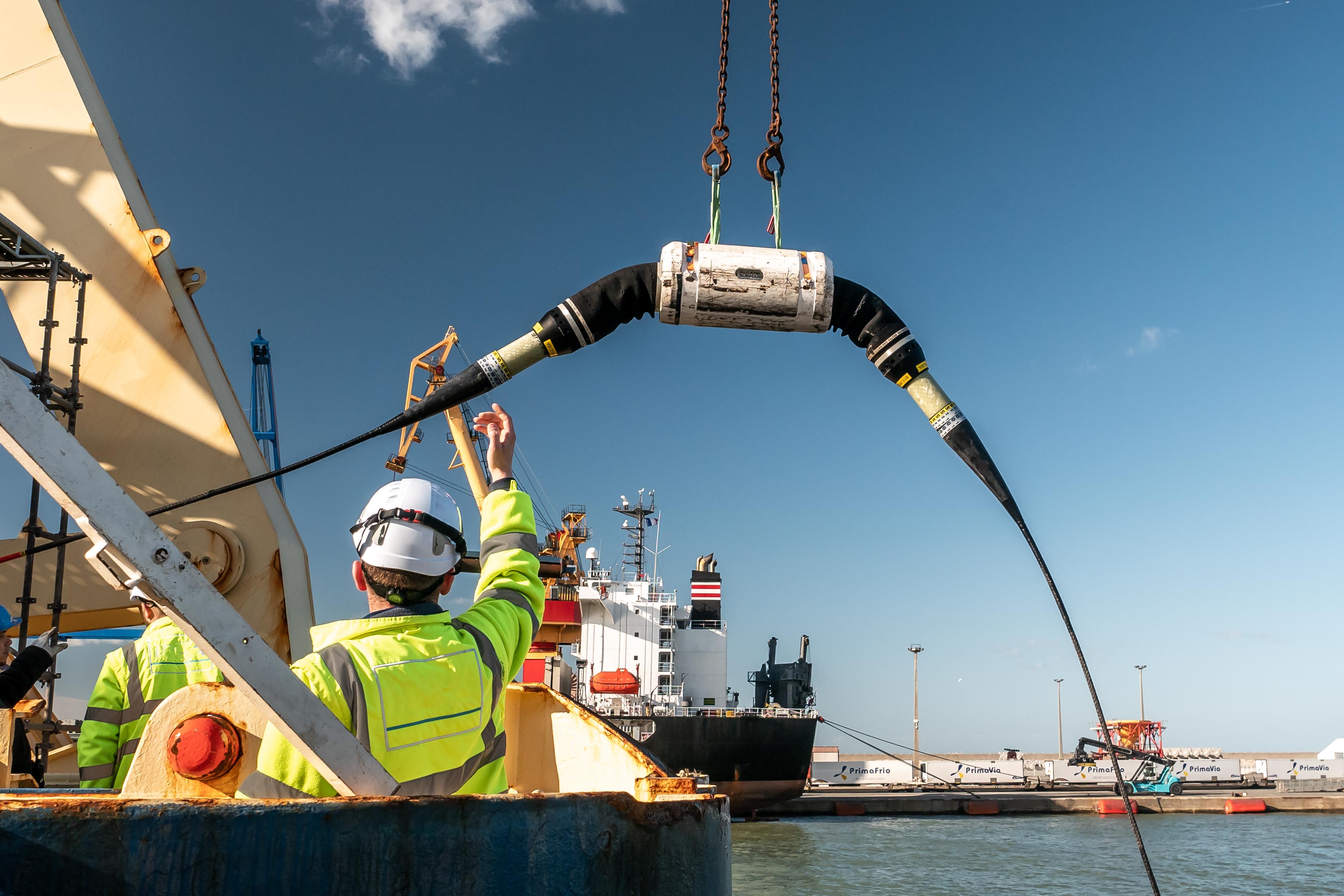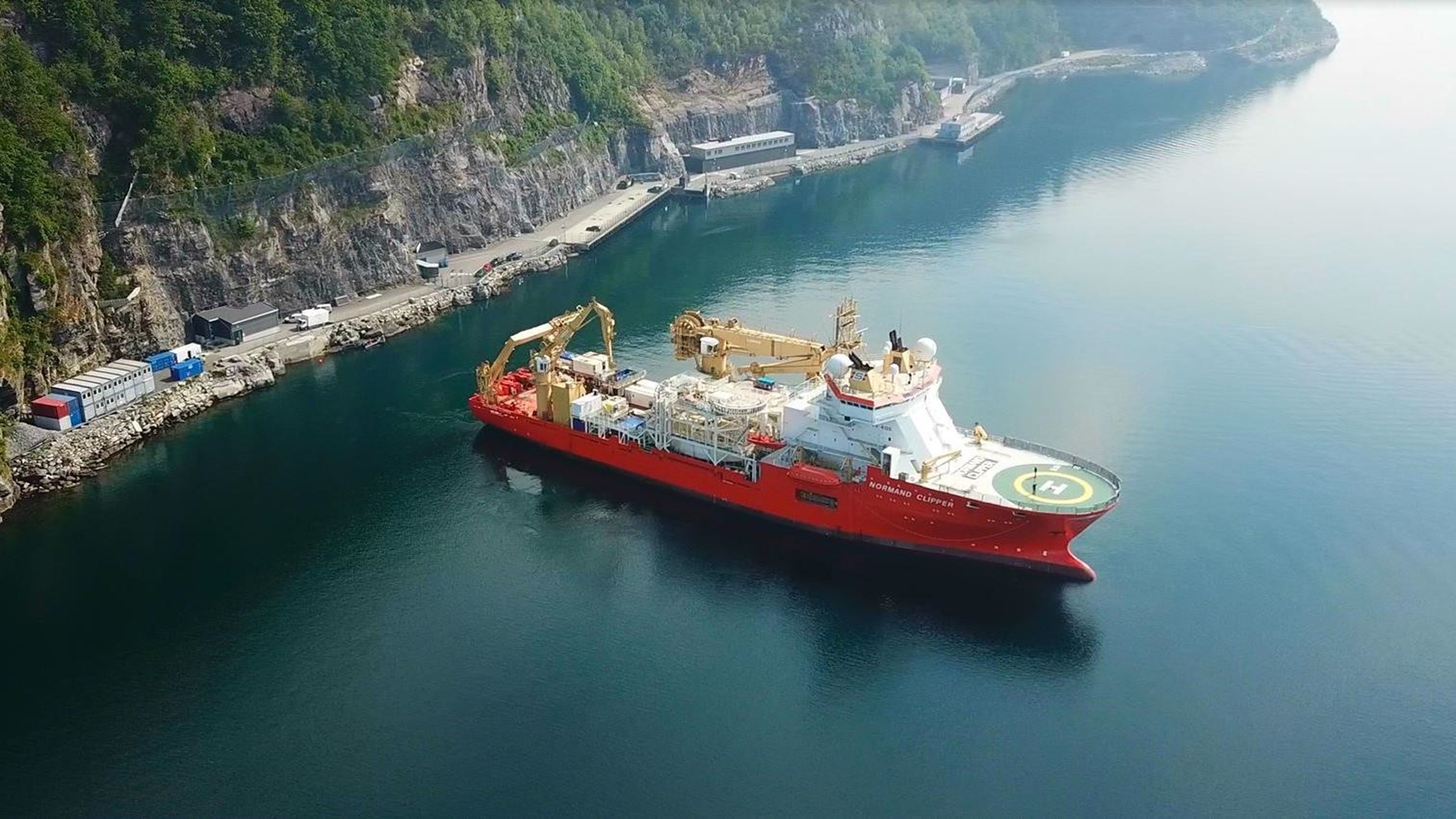
In today's interconnected world, the backbone of our digital lives lies deep beneath the oceans. Over 99% of all internet traffic, from work emails and travel flight searches to social media content like TikTok videos, flows through a sprawling network of undersea cables criss-crossing the globe. Such fibre optic cables, with a diameter spanning the width of a credit card, carry terabytes of data over long distances almost as fast as the speed of light.
As of early 2025, over 600 subsea cable systems have been deployed worldwide with some being planned1. With the mainstream adoption of cloud, AI and Generative AI, the amount of data being generated and consumed is increasing rapidly, and more digital infrastructure, including subsea cables, is needed to support this growth.
Loo Tong Mun, President, Networks of Keppel, said, “Subsea cables are the arteries of the Data Centre Interconnect, enabling seamless communication and data exchange between data centres in different countries. With an increasingly urgent need to meet unprecedented AI workloads, there is a real race against time to replace old subsea cables with newer high-speed, high-capacity ones. This provides strong impetus for cable owners and operators, and increasingly global cloud players, to build more cable systems to handle the surging data demand."
Together with its partners Meta and Telin, Keppel is developing the Bifrost Cable System (Bifrost), which is the first subsea cable system directly linking Singapore to the West Coast of North America via Indonesia through the Java Sea, Celebes Sea and Guam. Spanning over 20,000km, the Bifrost is also the largest capacity high-speed transmission cable and subsea connectivity hub across the Pacific Ocean directly connecting Singapore to the US West Coast. In January 2025, the Bifrost was granted a subsea cable landing license by the United States Federal Communications Commission, paving the way for the cable system’s completion and deployment in 2H 2025.
Keppel and its private fund co-investors own five out of 12 fibre pairs in the Bifrost through a Joint Build Agreement. Of these, two fibre pairs have been committed to customers through Indefeasible Rights of Use over 25 years, while the remaining three fibre pairs are being negotiated with potential clients. The investment in the Bifrost is expected to generate an Internal Rate of Return of over 30% for Keppel and its private fund co-investors. Keppel will also continue to operate and maintain the five fibre pairs, generating more than S$200 million in service fees per fibre pair over 25 years.
Loo said, “Through our involvement in the Bifrost’s development, Keppel is able to offer our co-investors a rare opportunity to gain exposure to a critical digital infrastructure asset — one that is not only strategic in bridging key data corridors, but also well-positioned to deliver attractive risk-adjusted returns in a rapidly expanding connectivity landscape."

With Bifrost nearing its completion, Keppel is pursuing opportunities for two more cable systems with over 30 fibre pairs connecting Southeast Asia to the rest of Asia, and beyond. As an extension of Keppel’s digital infrastructure strategy, Keppel Infrastructure Fund and the Singapore-listed Keppel Infrastructure Trust, jointly acquired Global Marine Group (GMG), one of the world’s largest independent subsea cable solutions providers. GMG operates a fleet of vessels providing maintenance and installation services to the global subsea cable network. GMG’s operations are backed by long-term contracts and trusted long-term relationships with top-tier customers.
Backed by over 20 years of experience in designing, deploying and operating high-performance data centres, Keppel has built an integrated connectivity ecosystem that gives it a strong competitive edge in the digital economy. The Bifrost project and GMG are part of Keppel’s offerings – spanning AI-ready data centres, subsea cables, power and renewables as well as cooling solutions – which position Keppel as a strategic ecosystem partner to hyperscalers. Keppel’s global partnership with Amazon Web Services for data centres, subsea cables and renewable energy underscores this strategic advantage that makes Keppel a collaborator of choice for cloud players and technology leaders, as well as a trusted partner to investors seeking access to the world of digital infrastructure.

1 Source: TeleGeography's Submarine Cable Map